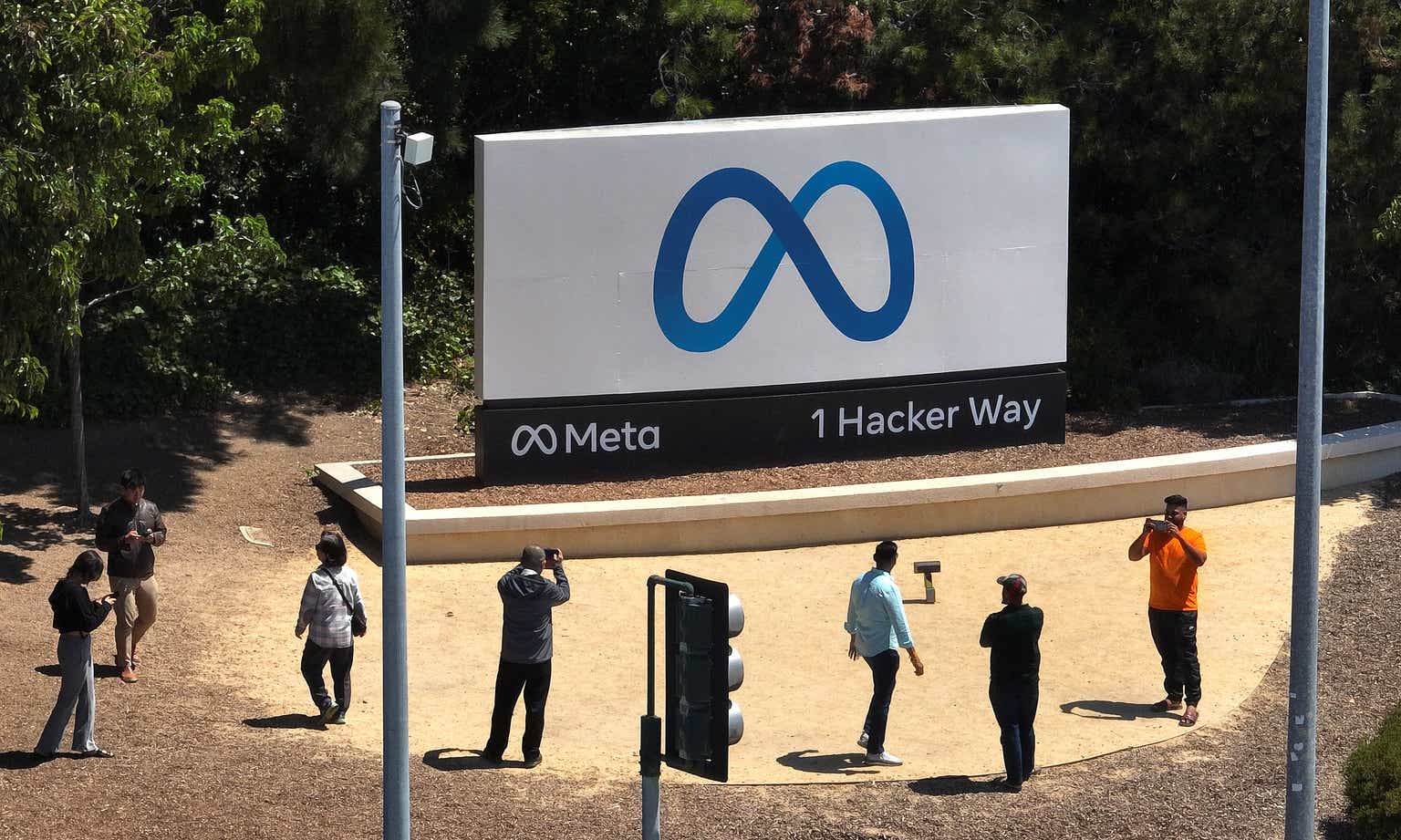Ola’s chief Bhavish Aggarwal recently unveiled Krutrim (which means artificial in Sanskrit). This has also been touted as “India’s first full-stack AI” solution. At first glance, the platform has a stark resemblance to ChatGPT — at least the UI/UX bit of the platform — but only greenish.
Aggarwal claimed that Krutrim AI is better than GPT-4 in various Indic languages. He said it is trained on 2 trillion tokens and can understand over 20 Indian languages and generate content in about 10 languages, including Marathi, Hindi, Bengali, Tamil, Kannada, Telugu, Odia, Gujarati, and Malayalam.
“Today, all AI models, called LLM, are trained largely in English, but language is not just text. Language is also the vehicle for cultural values, context and ethos, and current AI models just can’t capture India’s culture, knowledge, and aspirations given our multicultural, multilingual heritage,” said Aggarwal.
Is Krutrim AI Even Real?
Confident Aggarwal said, “This is not just a wrapper on some existing API. This is not just a little bit of fine-tuning done, which that’s what people in the AI industry call about taking an existing model and putting a little bit more of a data set into it.” Some of the existing API includes GPT-4, Llama 2, Gemini and others.
“This is the foundational work starting from the science layer, changing the math and the algorithms of the models to make it more relevant for Indian languages,” explained Aggarwal.
During the Krutrim launch event, Aggarwal even took a swipe at an American AI company (not sure if it is OpenAI), and said “We heard them talk about building AI for humanity and doing it democratically.”
It’s commendable that Ola has created India’s first generative AI model from scratch, but the likelihood of this achievement seems quite rare. Even other major players, not just in the Indian market but also outside, took more time and resources to build their generative AI models from scratch.
Ola chief claims that following Krutrim, they will release its first multimodal Krutrim Pro by next quarter. He said for Krutrim Pro, “All the dimensionalities and modalities will be taken as inputs together, and the algorithm will be able to train across modalities. This is different from a separate text model, a distinct speech model, and a separate vision model being trained in parallel.
Interestingly, OpenAI announced a multimodal GPT-4 back in March, but in reality, GPT-Vision came into existence only by September — i.e. over six months.
It is intriguing how Krutrim managed to develop an LLM in just three months, especially when compared to its Indian counterparts such as Corover AI, Sarvam AI, and Kissan AI, which took considerably longer. Notably, these counterparts constructed their models on top of Llama 2 or GPT-4, which should have ideally taken less time as compared to Krutrim.
Moreover, it took Elon Musk four months to build Grok and xAI is grappling with GPU shortages, a concern acknowledged by Oracle in its latest earnings call. Surprisingly, Aggarwal didn’t disclose the number of GPUs acquired for training their model throughout the entire event. Instead, it said, it is building all of these capabilities in-house.
Moreover, Aggarwal didn’t disclose the dataset on which Krutrim AI is trained. Training a model on multiple languages is no easy feat, especially considering the increasing cost.
Languages, particularly those with intricate structures and scripts like Hindi, Kannada, or Telugu, demand varying numbers of tokens. English, with its simplicity, requires fewer tokens in comparison. The financial implications of tokenization disparities are even more pronounced. The cost of training and using AI models hinges on token counts, compute and cloud costs.
Krutrim had raised $24 million in debt from Matrix Partners, which is also a shareholder of Ola Electric. However, Aggarwal clarified earlier that Krutrim is a separate entity from Ola.
Regardless of everything else, Ola has not yet released a research paper or details of the dataset trained on, and the team leading this initiative, are still confused if they should call themselves Ola or Krutrim.
All of this looks like a marketing gimmick in an attempt to secure additional funds. That too, without even releasing a solid product into the market, and the demo, hardly looked convincing.






















